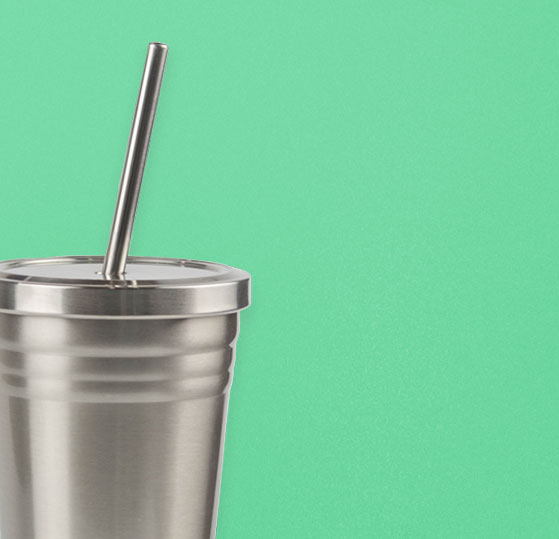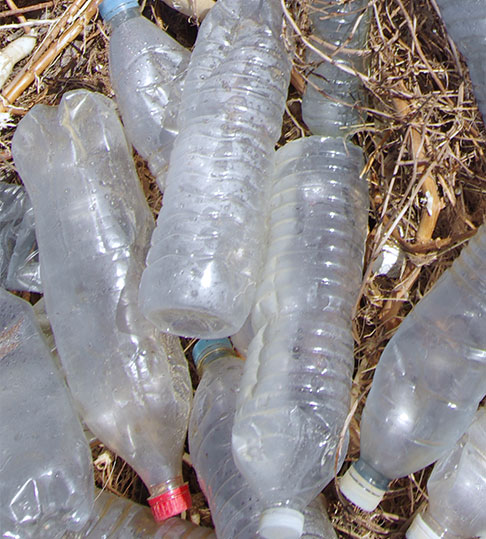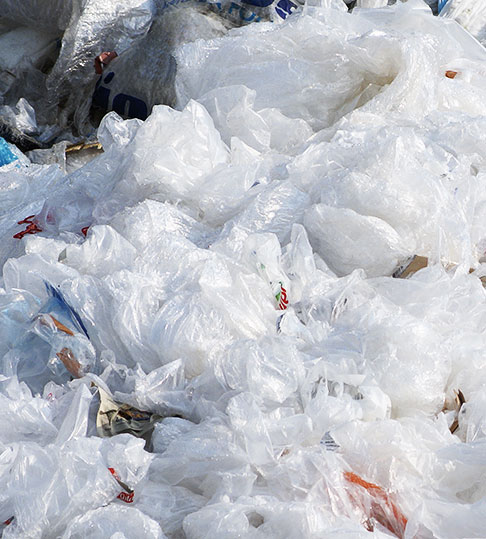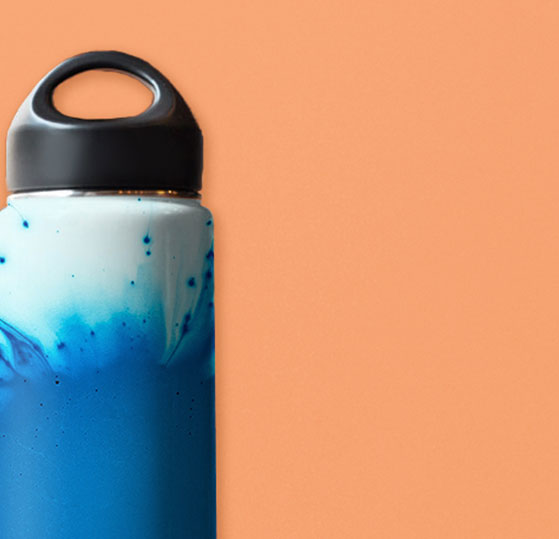Reducing Single-Use Plastics
The Aquarium of the Pacific has joined with twenty-one other aquariums across the country to raise public awareness of the threats plastic pollution in our ocean, rivers, and streams pose to aquatic life and ecosystem health.

As part of this campaign, the participating aquariums have pledged to eliminate plastic bags and straws at their facilities and significantly reduce or eliminate plastic beverage bottles.

Plastic is found in almost every aquatic area on Earth — from the ocean, to lakes, to rivers. According to a recent study, over half of all marine mammals are impacted by plastic in their lifetimes. Aquatic animals ingest plastic, mistaking it for food, or can become entangled in plastic trash. It is estimated that about 8.8 million tons of plastic enter the ocean each year.

Because plastic is not biodegradable, it remains in our environment permanently, simply breaking down into smaller and smaller pieces. At this time, it is unknown how this will affect the health of our environment and human health in the long term. However, plastic absorbs toxins in marine environments and when ingested by fish and other marine animals, these toxins may travel up the food chain.

But we can make a difference. By using alternatives to single-use disposable plastics in our everyday lives and asking companies that manufacture plastics to make changes, we can help reduce the amount of plastic in our environment. Reduce your consumption of single-use plastics by carrying a reusable water bottle with you, using reusable shopping bags, and asking for beverages without a straw when dining out.
Shoppers in the Aquarium’s gift stores have been taking their purchases home in paper bags since 2011, when a citywide ban on plastic bags was enacted in Long Beach. The Aquarium has switched from plastic to compostable drinking straws in 2017, and has significantly reduced plastic beverage bottles by transitioning to fountain drinks in its dining facilities in 2020.
The Aquarium also provides and showcases innovative alternatives to single-use plastic for our visitors, including compostable plates and utensils used in dining facilities and at some special events and items for sale in the gift store (toys made from recycled plastics, reusable water bottles, etc.).
The Aquarium’s water quality lab has been particularly effective in reducing single-use plastics. The last audit conducted in 2018 showed the Aquarium’s Water Quality Lab eliminated the use of 277 liters (73 gallons) of hazardous waste by using environmentally friendly ammonia, nitrites and nitrates, and phosphates tests. This testing takes a little longer and uses more sophisticated equipment. The lab saved 352 pounds of plastic from entering landfills in 2018 by reusing many laboratory plastics that are intended for only single use. This was done only after performing studies to ensure that accuracy would not be lost with proper cleaning techniques.
This is an example of the kind of creative thinking needed to transition away from single-use disposable plastic products. The Aquarium will continue to seek out alternatives and solutions to the problem of plastic pollution.


